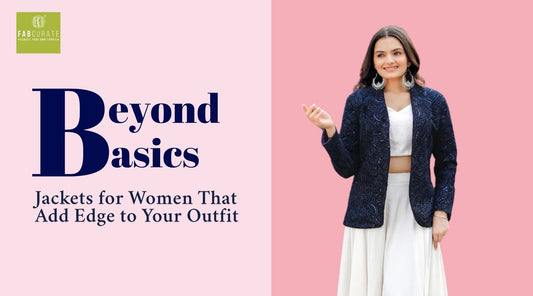Introduction:
Jacquard fabric is renowned for its intricate patterns and luxurious texture, making it a staple in fashion and interior design. In this comprehensive guide, we delve into the world of Jacquard fabric, exploring its properties, manufacturing process, applications, global production hubs, pricing factors, environmental impact, and available certifications.
What Is Jacquard Fabric?
Jacquard fabric is a type of woven material distinguished by its elaborate patterns and designs. Unlike printed fabrics, where patterns are applied on the surface, Jacquard patterns are woven directly into the fabric structure. This weaving technique allows for intricate designs with varying textures and depths, giving Jacquard fabric its distinctive appearance and tactile quality.
How Is Jacquard Fabric Made?
The production of Jacquard fabric involves a complex weaving process using a Jacquard loom. Unlike traditional weaving, where each individual warp thread is controlled manually, Jacquard looms employ a series of punched cards or a computerized system to control the movement of multiple warp threads simultaneously. This innovative mechanism enables weavers to create intricate patterns and designs with precision and efficiency.
How Is Jacquard Fabric Used?
Jacquard fabric finds a myriad of applications across various industries. In fashion, it is favored for creating elegant evening gowns, luxurious upholstery, and high-end accessories such as ties and scarves. In interior design, Jacquard fabric is commonly used for draperies, upholstery, bedding, and decorative pillows, adding a touch of sophistication to residential and commercial spaces.
Where Is Jacquard Fabric Produced?
Jacquard fabric production is a global endeavor, with manufacturing hubs located in various regions around the world. Historically, Jacquard weaving originated in France, particularly in the city of Lyon, which remains a prominent center for Jacquard fabric production. However, today, Jacquard fabrics are manufactured in countries such as Italy, China, India, and the United States, each contributing unique styles and interpretations to the market.
How Much Does Jacquard Fabric Cost?
The cost of Jacquard fabric can vary widely depending on factors such as the intricacy of the design, the quality of materials used, and the production method. Generally, Jacquard fabrics are considered luxury textiles and are priced higher than basic woven or printed fabrics. Prices can range from moderate to high-end, with custom-designed or specialty Jacquard fabrics commanding premium rates.
What Different Types of Jacquard Fabric Are There?
Jacquard fabric encompasses a diverse range of materials, each offering unique characteristics and applications. Common types of Jacquard fabrics include silk Jacquard fabric, cotton Jacquard fabric, polyester Jacquard fabric, and blends such as silk-cotton fabric or polyester-cotton fabric. Additionally, Jacquard fabrics can feature various finishes, such as matte, satin, or metallic, further enhancing their aesthetic appeal and versatility.
How Does Jacquard Fabric Impact the Environment?
While Jacquard fabric itself is not inherently harmful to the environment, its production processes may have environmental implications. Factors such as energy consumption, water usage, chemical treatments, and waste generation can contribute to the environmental footprint of Jacquard fabric manufacturing. To mitigate these impacts, some producers are adopting sustainable practices such as using eco-friendly materials, reducing water and energy consumption, and implementing waste management strategies.
Jacquard Fabric Certifications Available
Several certifications are available to verify the sustainability and ethical practices of Jacquard fabric producers. These certifications may include standards for environmental management, worker welfare, and product safety. Examples of recognized certifications in the textile industry include Global Organic Textile Standard (GOTS), OEKO-TEX Standard 100, and bluesign® system. By choosing Jacquard fabrics with accredited certifications, consumers can make informed decisions that support responsible and environmentally friendly production practices.
Conclusion:
Jacquard fabric, celebrated for its intricate jacquard patterns and luxurious texture, epitomizes the harmonious blend of artistry, craftsmanship, and technological innovation. From its timeless designs to its exquisite feel, Jacquard material captivates designers, artisans, and consumers alike. By delving into its properties, production processes, applications, and environmental impact, we deepen our appreciation for the beauty of Jacquard fabric while advocating for sustainable practices that safeguard its legacy for generations to come.
















